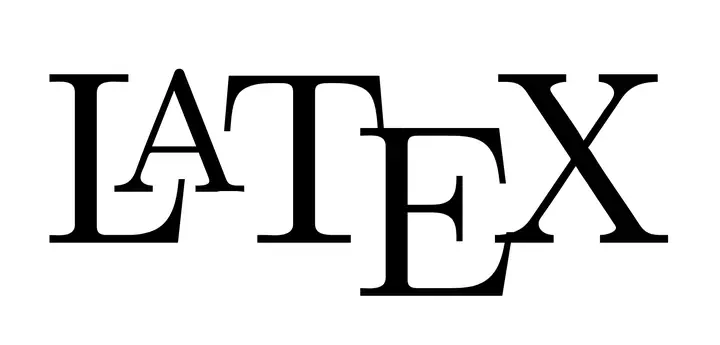LaTex Macros for Technical Writing

Writing a technical paper or thesis can be hard. But, it shouldn’t be harder than it needs to.
The typesetting system LaTex has become the de-facto standard for writing technical content, especially for those manuscripts which require an army of mathematical notation, variables, and operators.
Here, I like to offer another helpful trick to make your writing more consistent by using macros. Instead of typing out the equations directly, e.g., F = m a, it might be more informative to type the semantics \force = \mass \acceleration. To make this work, the macros need to be defined in the document preamble:
\newcommand{\force}[0]{F}
\newcommand{\mass}[0]{m}
\newcommand{\acceleration}[0]{a}
This approach has several important advantages:
- Variable names and notation are independent of meaning
- Variable names can be easily changed later when a name collision occurs
- Consistent formatting of operators, e.g., bold for matrices
- Variables and operators are easily searchable in the document
- Enforces interpreting mindset
Naturally, these macros can be nested to create more highlevel expressions, e.g., \force = \mass \timeDerivative{ \speed }. The additional definitions are:
\usepackage{physics}
\newcommand{\speed}[0]{v}
\newcommand{\time}[0]{t}
\newcommand{\timeDerivative}[1]{\dv{#1}{\time}}
Besides newcommand, there are a few other helpful types of macros:
DeclareMathOperatorfor operator notations like min, max or signDeclarePairedDelimiterfor any delimiter operators like brackets, norms or rounding
All these can be stored away into a .sty file and reused for your next manuscript. By this, you develop over time a set of useful notations and variable conventions and reach the level of consistency you require for your few-hundred-page thesis. A complete example of latex file with notation macros can be downloaded here:
At first, this might look like extra work, but once you’re at the end of the writing, you will highly appreciate the added flexibility. Happy writing!